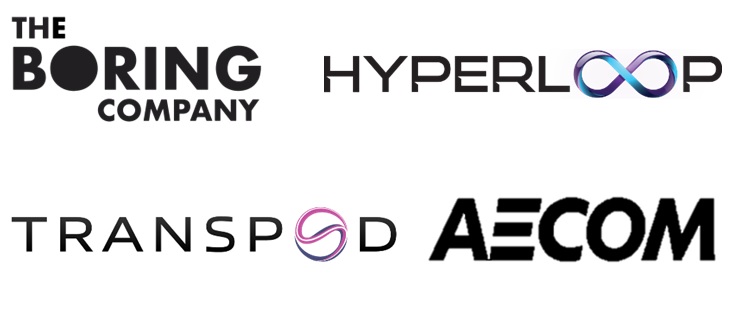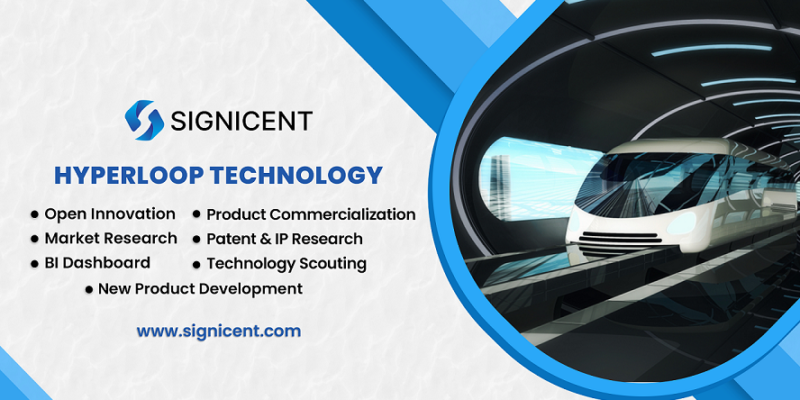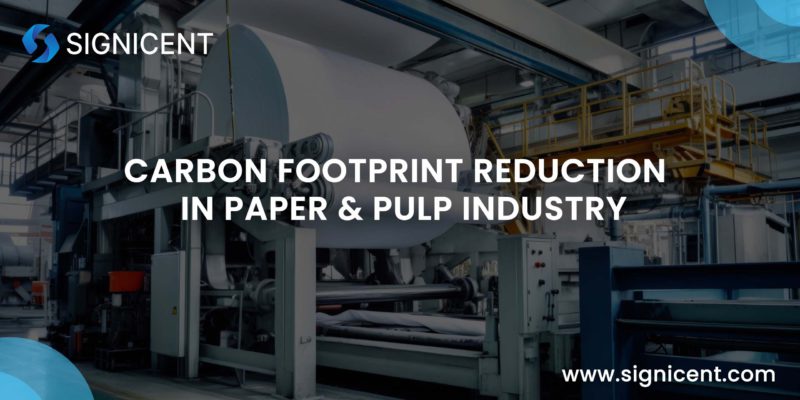Hyperloop Technology Report explores & analyses the autonomous, hyperloop & decarbonization aspects in Trains or Rail transport. The report also uncovers the emerging technologies and automation aspects specifically Automatic Driving Assistant System (ADAS) in Trains. Further, the purpose of the report is to procure the Global market details for identifying the key players, regions, etc. under the domain of interest.
Although railways are the most sustainable form of transportation, the development of high-speed rail systems is aimed at making the transportation of people and goods more efficient and frequent. An autonomous train is a viable approach for enhancing railway punctuality, efficiency, and capacity optimization. The development of railway systems using high-speed rail technology, also called Hyperloop, aims at net-zero emission to decarbonize the rail industry wherein, the rail operators deploy electric locomotives that use energy from renewable sources.
Challenges
Several studies on future mobility have revealed that high-speed transportation will account for 41% of the global market by 2050. Due to safety concerns and the automation of track condition monitoring, modern train transportation requires high-level sensing systems for trackside monitoring.
There are several challenges in the infrastructure of the current train system:
- A regular visual inspection of the railway’s condition does not offer a feasible solution for modern high-traffic density railways.
- An accelerometer is used in the current Structural Health Monitoring (SHM) system. And a significant number of errors are accrued during the signal processing of accelerometer data due to noise, random error, and unknown initial values.
Moreover, there are some drawbacks in the hyperloop pod systems of conventional high-speed transportation such as:
- The high-power consumption of conventional systems makes them inefficient for drag reduction.
- Flow chock condition around the hyperloop pod at low speed.
Innovative Solutions
In this section of the hyperloop technology report, advancements happening in the hyperloop transportation market have been discussed comprehensively.
Hyperloop Pod System with less power consumption and Drag Reduction
Department of Mechanical and Process Engineering, Swiss Federal Institute of Technology (Switzerland), and others proposed a solution to reduce the drag in the hyperloop system if the operational speed of the pod exceeds the Kantrowitz Limit (KL)*.
Further, they investigate the aerodynamic performance of a hyperloop pod equipped with an axial compressor using CFD simulation. The compressor is used to reduce drag.
To evaluate the effectiveness of the compressor, two types of pods have been designed:
- With compressor
- Without Compressor
The compressor shows great effectiveness for conditions well above the KL.
Sensing Rail System with Piezoelectric Elements
Faculty of Mechanical Engineering, Brno University of Technology (Czech Republic), introduced a piezoelectric sensor which is effectively used to measure the strain rate on the rail upon train passing and use the measured strain rate to estimate the rail deflection at the measured location.
Further, the advanced piezoelectric sensing system (both MFC and PVDF patches) was tested and compared with strain gauge signal for modern railway monitoring purposes.
- Therefore, the piezoelectric element can be used as strain rate sensors and it could be used in sensing applications.
- However, better voltage output will be achieved using MFC piezoelectric element.
Future development will aim at integrating data acquisition and signal processing into an autonomous unit that could operate in wireless mode. This modern IoT (Internet of Things) solution could be easily integrated into current rails for detailed monitoring of track conditions.
Each year Signicent provides consultancy to hundreds of organizations to help transform their innovations to value.
Market Analysis
According to the market experts of Signicent, the Global Hyperloop market size is projected to reach $6.6 Bn by 2026, from $1.2 Bn in 2021, at a CAGR of 40.4% during 2021-2026. The major factors driving the market growth of the hyperloop transportation technology are:
- Decreased travel time
- Less transport costs
- Less expensive infrastructural maintenance
- Hyperloop network creation requires less land area
- Tolerance to earthquakes & other natural calamities
- Emphasis on solar power for energy consumption
Market Segmentation
Market segmentation helps to determine the market opportunities and analyze the need of different segments relative to competitors. Focussing on those specific segments helps in expanding into new markets.
By Technology:
- Capsule
- Guideway
- Propulsion System
- Route
By Carriage Type:
- Passenger
- Cargo/ Freight
- Others
By Region:
- APAC
- North America
- Europe
- RoW
Memorandum Of Understanding (MOU)
TransPod was founded in 2015 and is headquartered in Toronto, Canada. The Company focuses on connecting with affordable and sustainable ultra-high-speed transportation. It invests in design with less investment and increases reliability.
In August 2020, TransPod announced that it had signed a memorandum of understanding (MOU) with the Government of Alberta to support the ongoing research and development of safe, high-speed transportation in Alberta, based on the TransPod line. The initial investment was $1Bn. Initial investment proposals for a total amount of USD 1Bn have been shared with the Government.
Key Players
This section of the Hyperloop Technology Report outlines the key companies working in the global hyperloop market.


